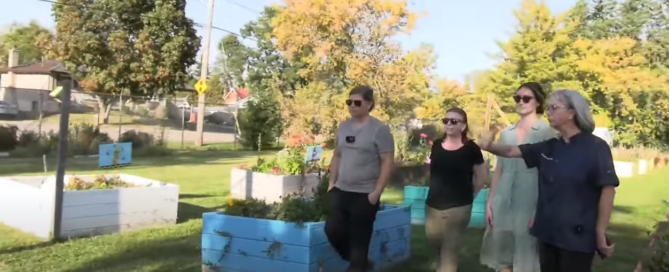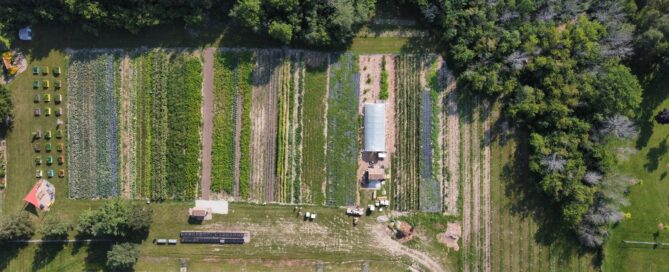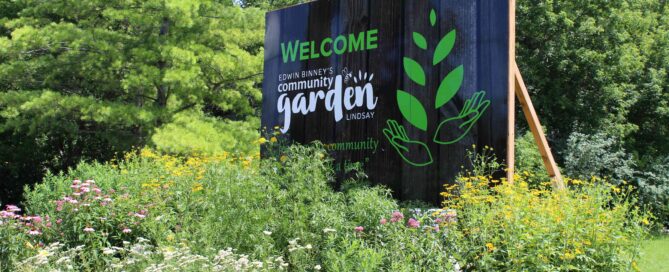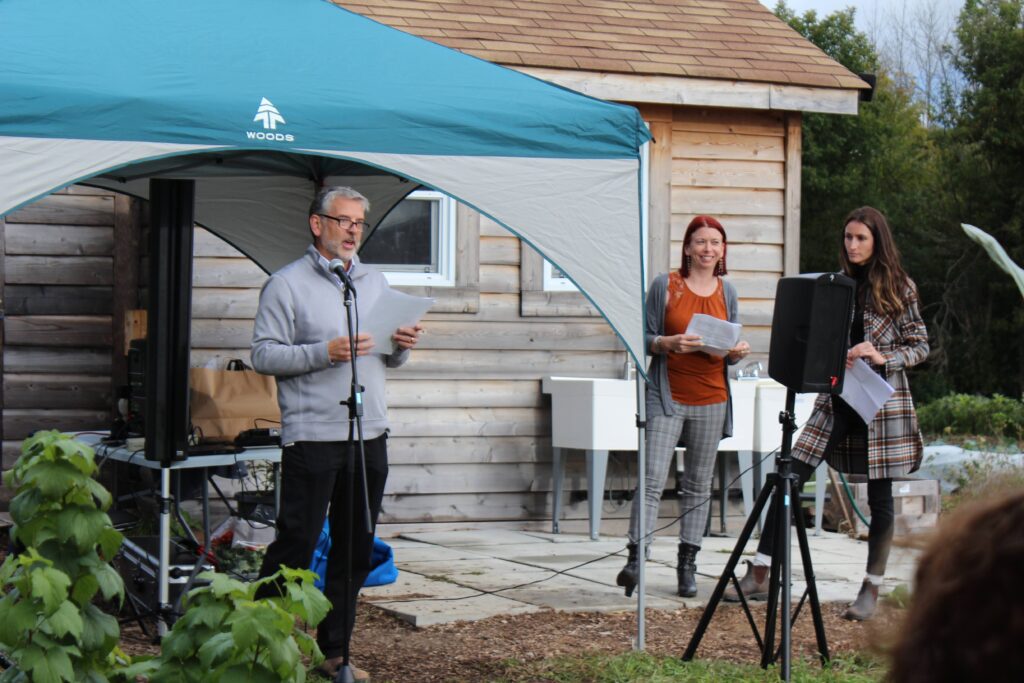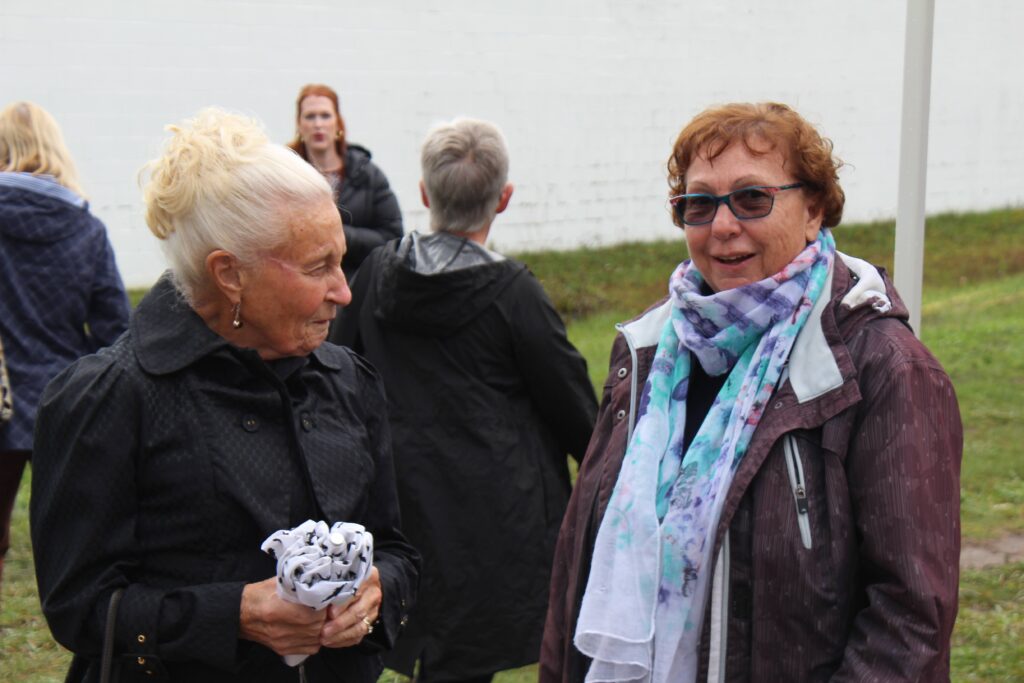Name Change Announcement
The staff and Board of your local United Way are pleased to share that we have undergone a change of name from United Way City of Kawartha Lakes to United Way Haliburton Kawartha Lakes.
As an organization that has long provided services and supports in both regions, this change will better reflect both unique communities. Although we are operating under UWHKL, the full transition will take some time. Donations can now be made out to United Way Haliburton Kawartha Lakes.
During this transition, we are committed to continuing to be a voice for our communities, provide resources and supports, and deliver on our mission to build a strong community and improve lives in Haliburton and Kawartha Lakes.
If you have questions please direct them to Co-Executive Directors Emily Beall and Shantal Ingram. emily@ckl.unitedway.ca , shantal@ckl.unitedway.ca





